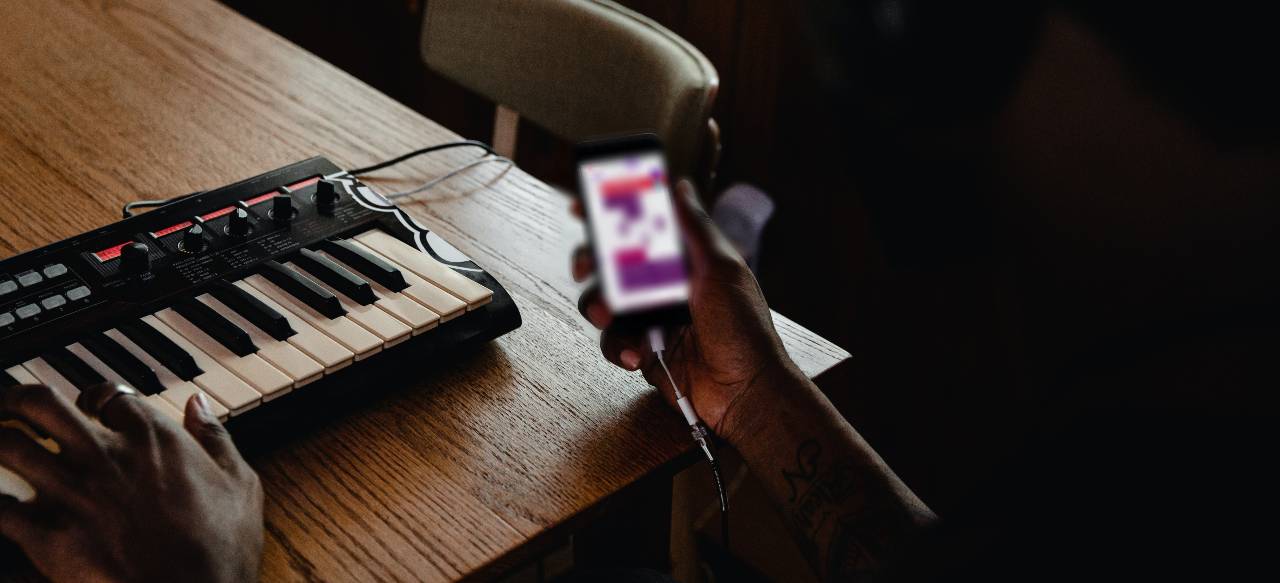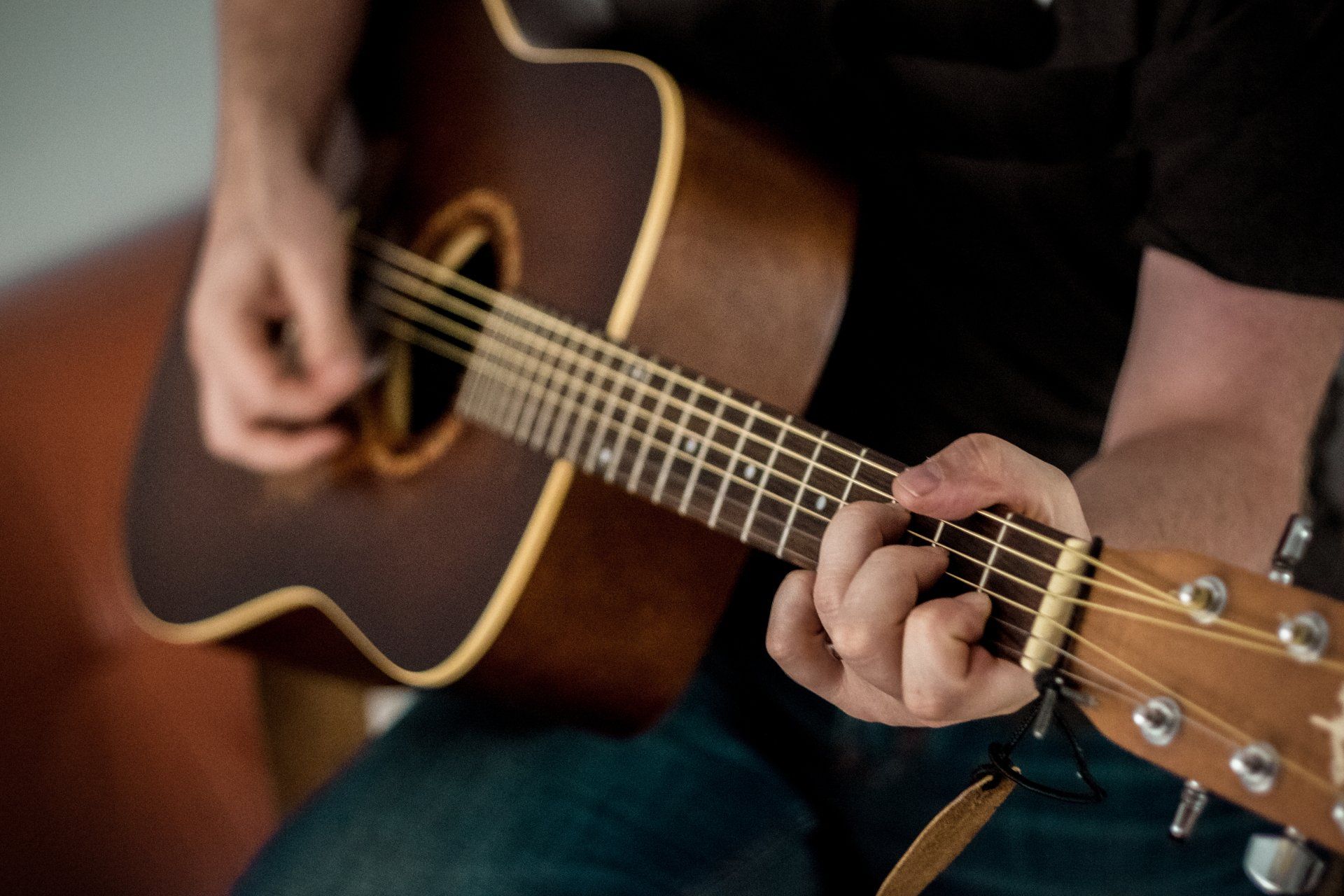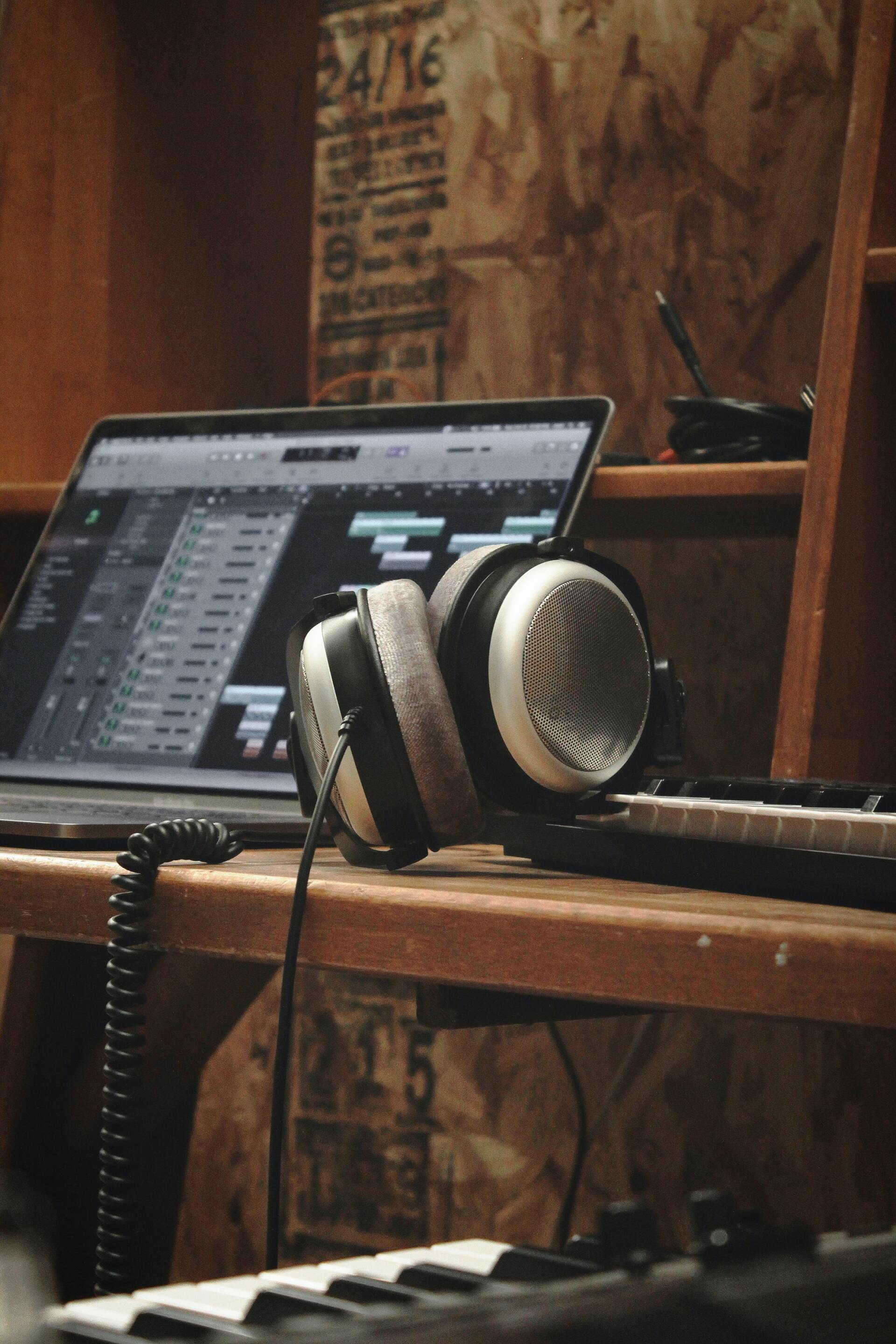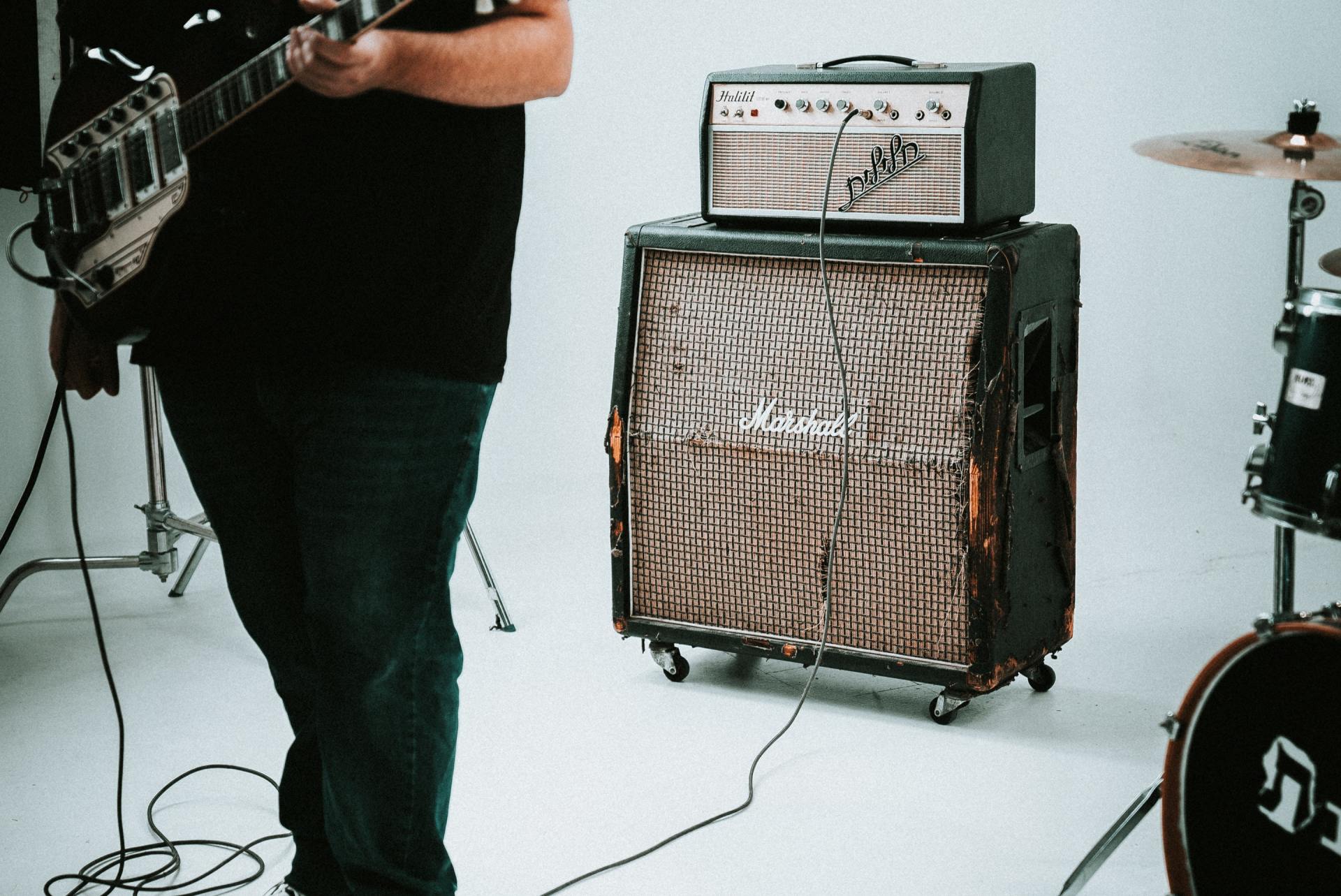Music Theory Crash Course: 5 - Chord Progressions
Part 1 : Notes Part 2 : Intervals Part 3 : Scales Part 4 : Chords Part 5 : Chord Progressions
Chord Progressions
Chord progressions are one of the ways to master music, especially if you wish to play a lot of songs or write your own music. If you play the doo wop progression of I-vi-IV-V, you will be able to play hundreds of songs. Of course, not all songs follow the same sequence the whole way through and sometimes the key to great music is slight chromatic variations.
Many of the chord progressions that we use come from sections in classical music. Sort of like how modern hip hop began as just the breakbeats or the best parts of the drumming, repeated over and over. While there are a lot of arrangements for the most part, modern music uses around 20 progressions and their variations.
What is a Chord Progression?
Just like our notes, our chord progressions follow certain diatonic patterns that revolve around the quality of their degree. When the chord progressions are given, the Roman Numerals or Nashville numbers are based on one home key. In some cases, songs will move up the Circle of Fifths, or modulate to another key for the bridge or another part of a song. We must be clear what key we are in when given the generic formula.
The tonic (1 or I), the subdominant (4 or IV), and the dominant (5 or V) can all form the basis of our harmony. Those chords alone will carry a song and will include the notes of the underlying scale they are made of. Almost all genres make use of these 3 chords.
If you look at your Circle of Fifths you will see all the I-IV-V of each key are quite easy to find. Remember to move backwards or forwards depending on whether you are going to the 4th or 5th degree and the key of C in a I-IV-V progression is C-F-G, for D it is D-G-A and so on.
The minor chords of the diatonic scale are the supertonic (2 or ii), mediant (3 or iii), or submediant (6 or vi) chord. Often minor chords are denoted by lowercase Roman Numerals, and they add the extra density and new movement. The vi is the most common chord used with the I, IV, and V, it is crazy how common those songs are!
The 7th degree viidim is a diminished or a leading tone as it has a note one semitone higher or lower compared to the root. When you build a chord on the 7th degree of the diatonic scale it ends up being diminished. Bdim is B-D-F and it moves to C major from one semitone in the root.
You will not often be using the viidim other than as a passing chord. Often our 7th degree is played as a bVII7 or some other chromatic change. Chromaticism is the secret to jazz, blues, and rock, you will notice as our progressions get funkier, they move away from the normal scale degree qualities.
Here is a graph with all the scale degrees and Nashville Numbers for all 12 keys.
| Tonic | Super Tonic | Mediant | Sub-Dominant | Dominant | Sub-Mediant | Leading Tone Sub-Tonic |
|---|---|---|---|---|---|---|
| 1 | 2 | 3 | 4 | 5 | 6 | 7 |
| I | ii | iii | IV | V | vi | vii(dim) |
| C | Dm | Em | F | G | Am | B |
|---|---|---|---|---|---|---|
| G | Am | Bm | C | D | Em | F# |
| D | Em | F#m | G | A | Bm | C# |
| A | Bm | C#m | D | E | F#m | G# |
| E | F#m | G#m | A | B | C#m | D# |
| B | C#m | D#m | E | F# | G#m | A# |
| F# | G#m | A#m | B | C# | D#m | E# |
| F | Gm | Am | Bb | C | Dm | E |
| Bb | Cm | Dm | Eb | F | Gm | A |
| Eb | Fm | Gm | Ab | Bb | Cm | D |
| Ab | Bbm | Cm | Db | Eb | Fm | G |
| Db | Ebm | Fm | Gb | Ab | Bbm | C |
| Gb | Abm | Bbm | Cb | Db | Ebm | F |
| Cb | Dbm | Ebm | Fb | Gb | Abm | Bb |
That chart will allow you to input any chords necessary for the keys below. When you play in a minor key the chords will still follow the same pattern, just with the original relative minor (vi) as our new home key.
| Tonic | Super Tonic | Mediant | Sub-Dominant | Dominant | Sub-Mediant | Leading Tone Sub-Tonic |
|---|---|---|---|---|---|---|
| 1 | 2 | b3 | 4 | 5 | b6 | b7 |
| i | ii(dim) | bIII | iv | V or v | bVI | bVII |
| Cm | Ddim | Eb | Fm | G or Gm | Ab | Bb |
|---|---|---|---|---|---|---|
| Gm | Adim | Bb | Cm | D or Dm | Eb | F |
| Dm | Edim | F | Gm | A or Am | Bb | C |
| Am | Bdim | C | Dm | E or Em | F | G |
| Em | F#dim | G | Am | B or Bm | C | D |
| Bm | C#dim | D | Em | F# or F#m | G | A |
| F#m | G#dim | A | Bm | C# or C#m | D | E |
| Fm | Gdim | Ab | Bbm | C or Cm | Db | Eb |
| Bbm | Cdim | Db | Ebm | F or Fm | Gb | Ab |
| Ebm | Fdim | Gb | Abm | Bb or Bbm | Cb | Db |
| Abm | Bbdim | Cb | Dbm | Eb or Ebm | Fb | Gb |
| Dbm | Eb dim | Fb | Gbm | Ab or Abm | Bbb | Cb |
| Gbm | Ab dim | Bbb | Cbm | Db or Dbm | Ebb | Fb |
| Cbm | Db dim | Ebb | Fbm | Gb or Gbm | Abb | Bbb |
There are more technical ways of writing some of the progressions below, but we are going with what is common and popular. As you get more familiar with chord structures and harmonies you will see some of these repeated below but in the standard way.
It’s easier for a beginner to follow the formulas below, simply pick a key you like and add the correct number of the chord. In some cases, you may be told to change a major to a minor or extend the chord. And there are times where you may find examples that don’t differentiate minors, at that point they expect you to notice in your sight reading of the notes
Popular Chord Progressions
All these chord progressions below can be for almost any genre of music. Our rhythms, tempos, and extended chords are what make the progression fit the genre. And when we give examples of songs it means the progression is present at some point. It could be during the verse, chorus, or the entire song!
It is often easier to use Roman Numerals as those make changes a little cleaner. The ii-V-I is the generic and basic progression, when the song may be Dm7-G7-C7. It looks better to put ii7-V7-I7 than 2m7-5(7)-1(7). Your numerals can get messy when you find songs that are not generic and have extended chords.
I-V
The simple tonic to dominant has stood the test of time and across many genres.
· Chuck Berry – “You Never Can Tell” (with a V7)
· Lady Gaga – “A Yo”
· Bryan Adams – “Summer of 69”
· “Three Blind Mice”
· “Alouette”
I-IV
This is a favorite of blues artists for sure, some of these examples are literally the I-IV the entire song, sometimes as I7-IV7. The 1 and 4 or 1 and 5 are easy to find on the Circle of Fifths and will carry many songs.
· Traffic – “Feelin Alright”
· Sly and the Family Stone – “Everyday People”
· Bruce Springsteen – “Born in the U.S.A”
· Wilson Pickett – “Midnight Hour”
· “Great White” – “Once Bitten Twice Shy”
I-IV-V
We have already mentioned the 1-4-5 and how popular it is. A simple G-C-D will give you a pop or folk tune. By adding 7th chords, we get into rock and jazz. Funk uses this progression with 9th chords like “Kiss,” which has an A-D-E9sus4 progression.
· “Big Rock Candy Mountain”
· Elvis Presley – “Teddy Bear”
· CCR – “Down on the Corner”
· John Lennon – “Imagine”
· Miley Cyrus – “7 Things”
I-IV-I-V-I
You will find many variations to the I, IV and V as they sound so great together, the 12-bar blues will follow orders such as this, of course often using 7th chords.
· Howlin Wolf – “Sittin’ on Top of the World”
· Led Zeppelin – “Rock n Roll”
· BB King – “The Thrill is Gone”
· Jimi Hendrix – “Red House”
· Chuck Berry – “Maybellenne
I-V-vi-IV
These four chords make up the bulk of modern music and they come in four popular orders. You could almost play all of Taylor Swift’s songs with these four chords, in fact you can play most bands’ songs with these. This chord progression can also be found on the Circle of Fifths. The relative minor when added to the 1-4-5 is very powerful in every combination.
· Train – “Hey Soul Sister”
· The Beatles – “Let It Be”
· Bob Marley – “No Woman No Cry”
· Red Hot Chili Peppers – “Under the Bridge”
· Journey – “Don’t Stop Believin’”
I-vi-IV-V
If we change the order, we get another extremely popular progression. This is the doo wop progression and has been covered extensively, obviously because it sounds great!
· Boris Pickett – “Monster Mash”
· Sam Cooke – “Wonderful World”
· Justin Bieber – “Baby”
· The Penguins – “Earth Angel”
· ELO – “Telephone Line”
vi-IV-V-I
This is called a “sensitive” progression, that would make sense considering that it is in a minor key. In this case instead of Ionian scales we will be finding different minor ones, mostly Aeolian.
· Scott McKenzie – “San Francisco”
· Iggy Pop – “The Passenger”
· Joan Osborne – “One of Us”
· Offspring – “Self Esteem”
· Avril Lavrigne – “Complicated”
I-IV-vi-V
This arrangement of four chords can keep going! It is quite pleasing to the ear!
· Boston – “More Than a Feeling”
· Fine Young Cannibals – “She Drives Me Crazy”
· One Direction – “Kiss You”
· Pitbull – “Give Me Everything”
· The Lumineers – “Ho Hey”
ii-V-I
The ii-V-I is like the I-IV-V in rock, it is the jazz gold standard. It is common to move from key-to-key improvising over this progression. And it also shows up in the Circle of Fifths! If we take C-G-D, the D is the root of the minor ii degree in the C major scale. And D Is the secondary dominant, which is a term you will see later as you learn to build new chord progressions. This sequence can and will lead some songs all around the Circle of Fifths.
· Kosma and Prévert – “Autumn Leaves”
· Dan and Coley – “I’d Really Love to See You Tonight”
· Maroon 5 – “Sunday Morning”
· Duke Ellington – “Satin Doll”
· John Lewis – “Afternoon in Paris”
I-bVII-IV
When we start using bIII, bVII, and even minor tonics we get into the classic hard rock vibe. These progressions are common in mixolydian songs as they love that flat 7th. In this case we are moving back on our Circle of Fifths.
· Warren Zevon – “Werewolves of London”
· Lady Gaga – “Born This Way”
· Devo – “Whip It”
· Led Zeppelin – “Good Times Bad Times”
· Fleetwood Mac – “Don’t Stop”
I-bIII-bVII-VI
· INXS – “Need You Tonight”
· Paula Abdul – “Opposites Attract”
· Lenny Kravitz – “Fly Away”
· Julian Lennon – “Too Late For Goodbyes”
· Sonic Youth – “Dirty Boots”
I-vi-ii-V
This comes from the classic music love of the vi-ii-V-I movement, which in the key of C is A-D-G-C. Once again this moves counterclockwise on the Circle of Fifths. (At least all the root notes). And we still have use for this pattern today! Just pay attention of when to use the minor and the major!
· Bruce Springsteen – “Hungry Heart”
· Harry Nillson – “Without You”
· Judy Garland – “Have Yourself a Merry Little Christmas”
· Four Seasons – “Sherry”
· Arctic Monkeys – “Fluorescent Adolescent”
I-VI7-II7-V7
Keep all the chords dominant 7ths and rearrange them to get the ragtime progressions.
· Arlo Guthrie – “Alice’s Restaurant”
· Roof Top Singers – “Walk Right In”
· Bruce Channel – “Hey Baby!”
· Howard & Emerson – “Hello! My Baby”
· Robert Johnson – “They’re Red Hot”
I-iii-IV-V
If you are listening to an epic rock tune, this progression is likely to be involved. Sometimes the bIII will be used for more of a bluesy sound.
· Elton John – “Crocodile Rock”
· David Bowie – “Ziggy Stardust”
· The Beach Boys – “Fun, Fun, Fun”
· Chad and Jeremy – “Summer Song”
· Berlin – “Take My Breath Away”
I-IV-ii-V
If we add the ii in instead of the iii we get a different kind of song.
· The Beach Boys – “Wouldn’t It Be Nice”
· Puddle of Mudd – “She Hates Me”
· Traditional – “Jingle Bells”
· Bare Naked Ladies – “It’s All Been Done”
· Semisonic – “Closing Time”
i-iv-v
Sometimes that 1-4-5 doesn’t have any use for the major chords at all!
· Drake – “Get It Together”
· Alicia Keys – “Fallin”
· Justin Timberlake – “My Love”
· Dirty Vegas – “Days Go By”
· Santana – “Black Magic Woman”
I-i
Some songs rely on parallel minors to fill out some parts. It is common in funk to switch between the major and minor root.
· Blackpink – “As If It’s Your Last”
· The Police – “Synchronicity II”
· The Beatles – “Norwegian Wood”
· Lipps Inc. – “Funkytown”
· Grassroots – “Temptation Eyes”
I-I aug-I6-I7
This is a great example of how you can stay on one chord, but just use tension and chord extension to create the entire piece. And this progression is very popular.
· Whitney Houston – “Greatest Love of All”
· Stevie Wonder – “For Once in My Life”
· Arlen & Mercer – “Accentuate the Positive”
· John Lennon – “Starting Over”
· Captain & Tennille – “Love Will Keep Us Together”
i-V-i-bVII-bIII-bVII-i-V
This is a variation of La Folia, one of the oldest progressions in Western music. Just play it and you will feel like you are at a Renaissance festival. There is a reason it has lasted so long; it follows a progression that our ears love!
· Tangerine Dream – “Force Majeure”
· Antonio Vivaldi – “Orlando Furioso”
· “Addams Family Values” soundtrack
· “1492” Soundtrack
· Vangelis – “Conquest of Paradise”
There are plenty more chord progressions to find, but as you start to dissect them more you will see repeats. Sort of like how similar notes can have the different chords, we can sequence our chords in a variety of similar ways. And the larger chord progressions you come across are often made of smaller ones.
If your goal is to become a session musician then learn as many basic chord progressions as you can, years ago musicians carried fakebooks for these very purposes. Knowing the progressions above on your instrument will help you easily survive a band.
If you are a jazz player or songwriter, well the next step is how to differentiate your progression from the rest. If the I-V-vi-VI and its variations are so popular, how is it used over and over… and over?
That’s the next process in your song writing, how to modulate, alter, and make changes in your chord progressions. And that’s not just in a music theory fashion, these days the effects in computers and phones allow us to take a simple chord sequence and morph it into a huge variety of sounds.
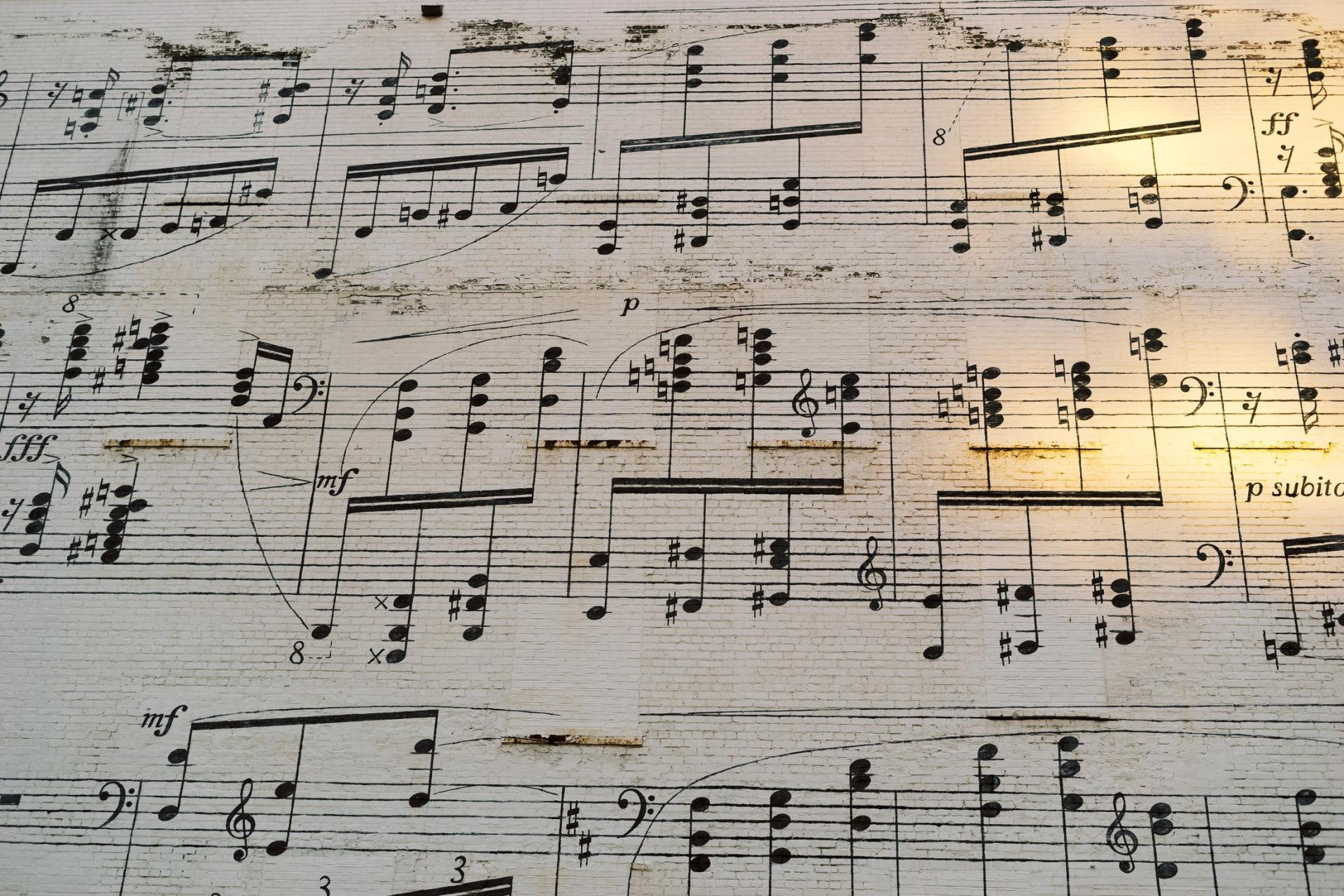


Chordsheet Maker - by Dave Bernier



